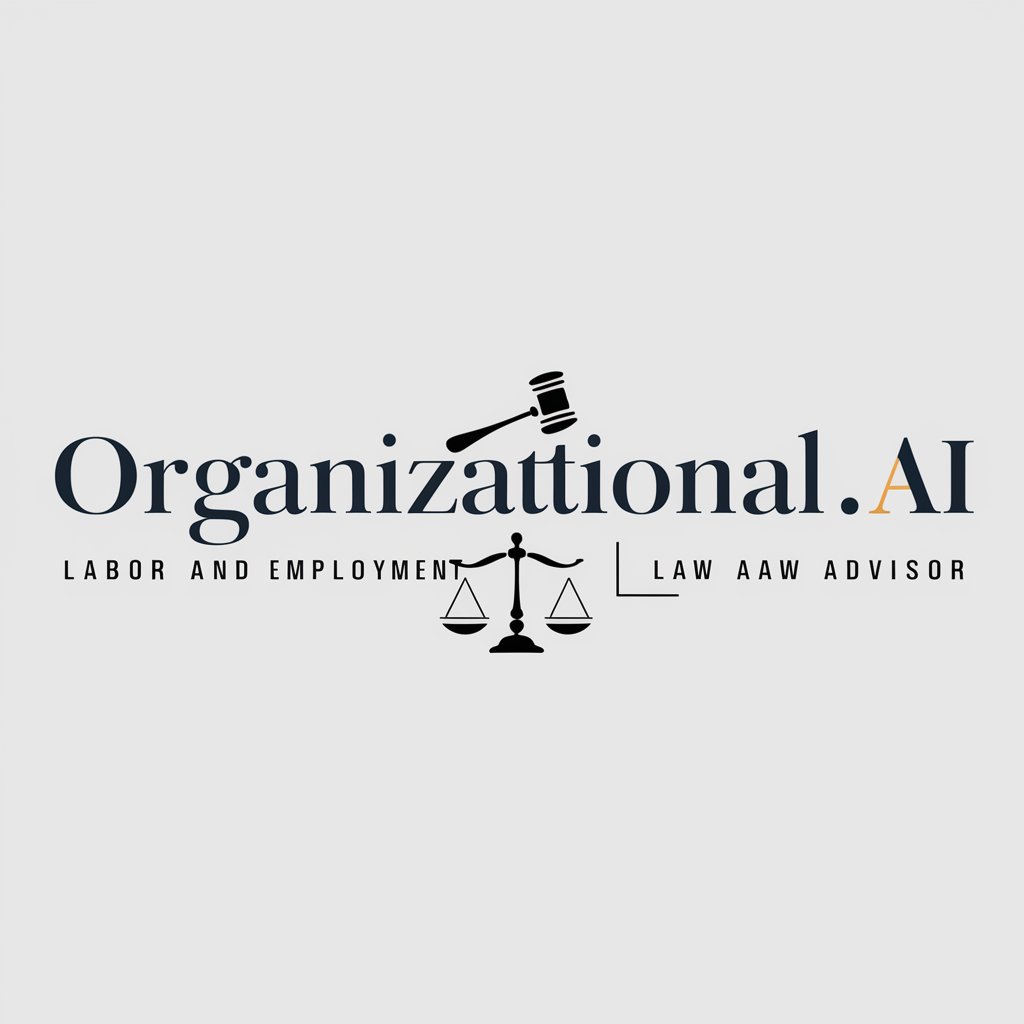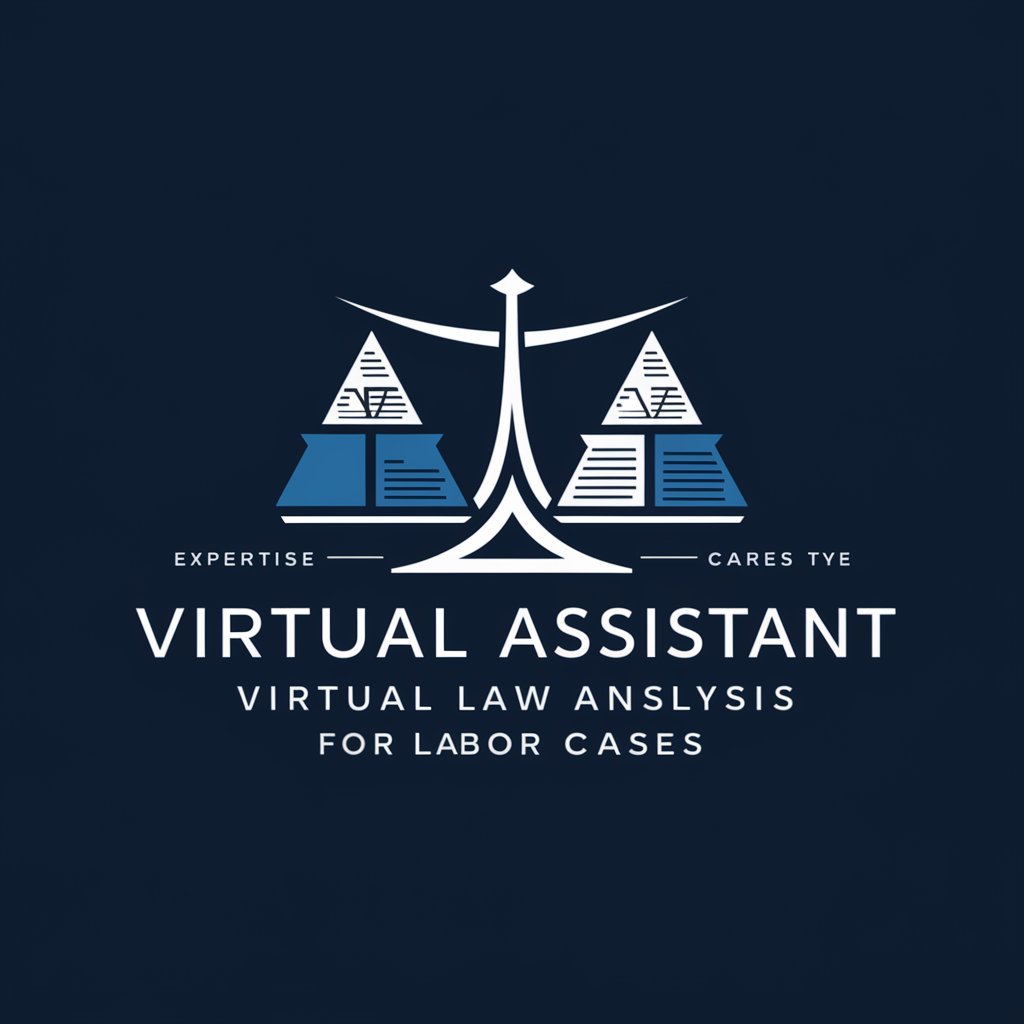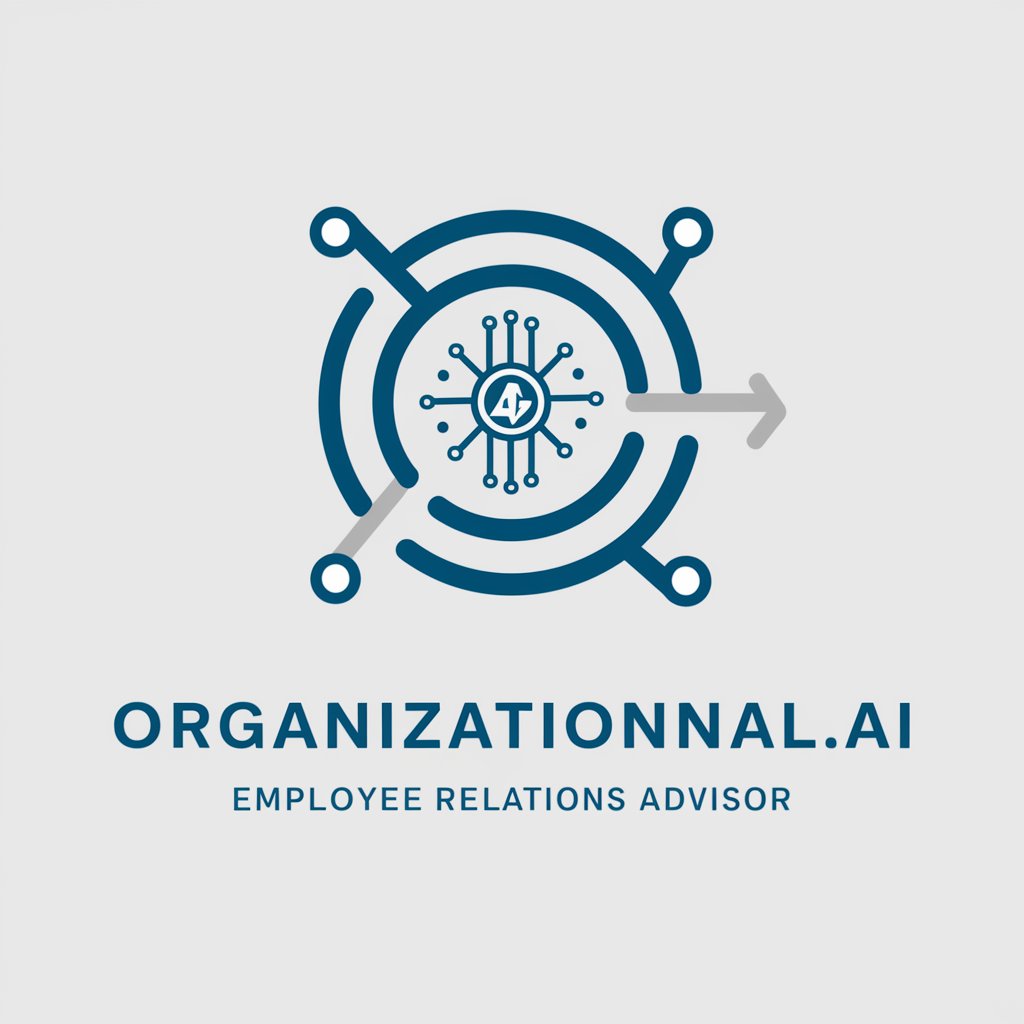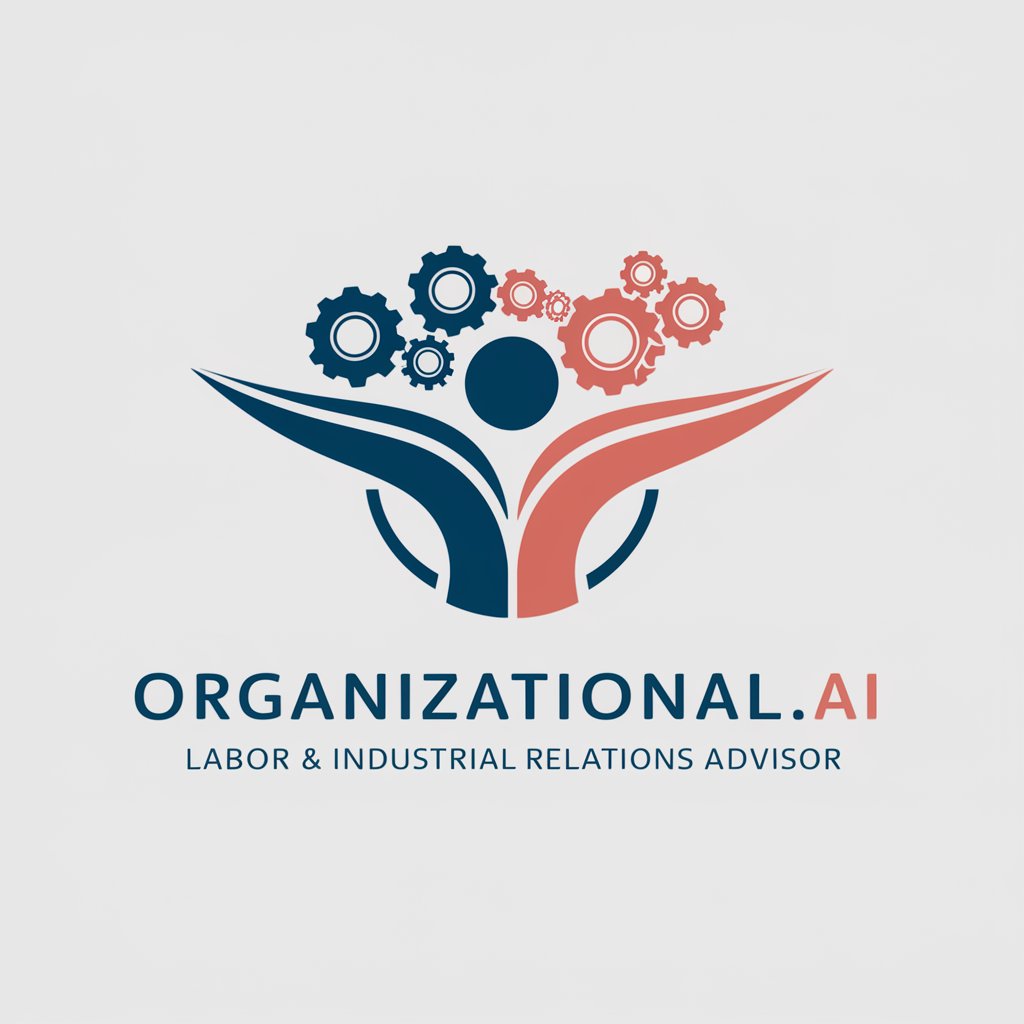
Labor Relations - Expert Labor Relations Guidance
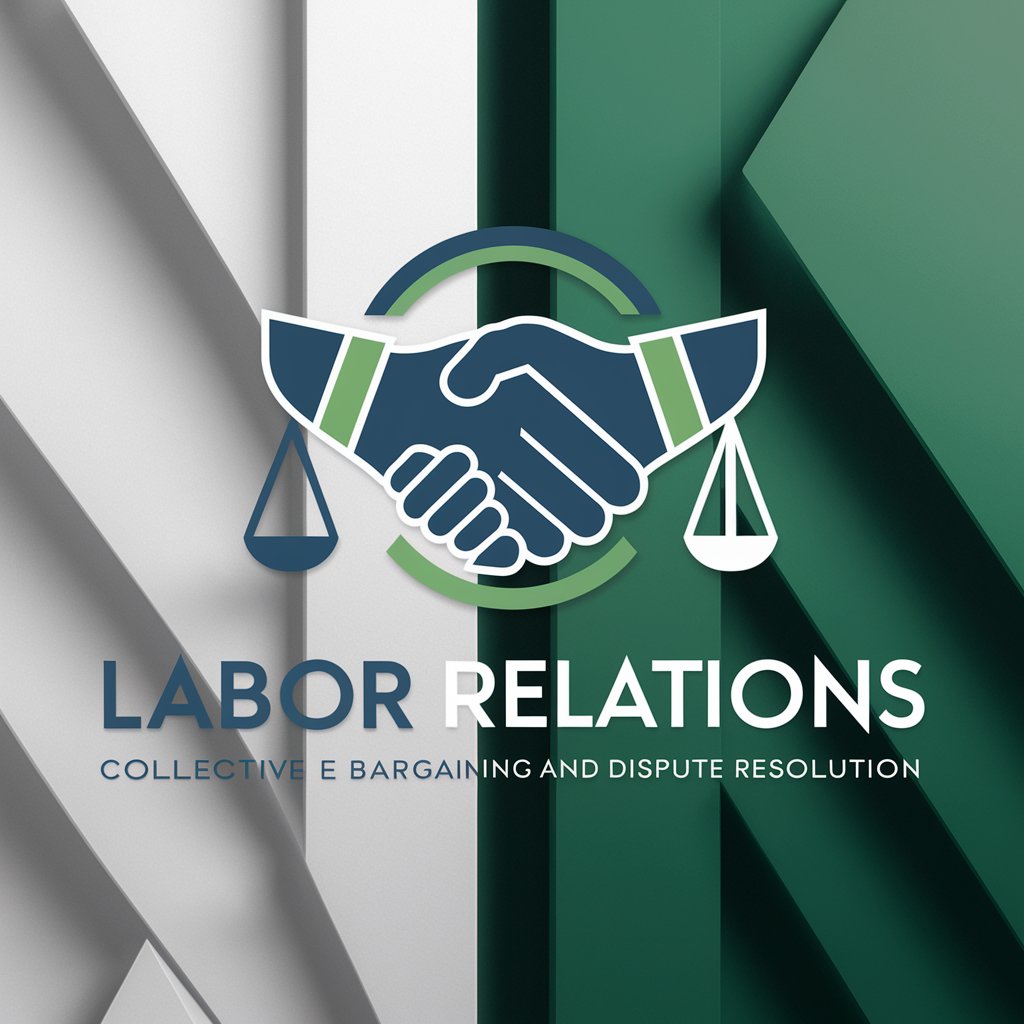
Hello, I'm your Labor Relations guide, here to assist with your labor-related concerns.
AI-Powered Workplace Solutions
How can I improve communication between employees and management?
What are the steps involved in the grievance process?
Can you explain the key components of a collective bargaining agreement?
How do I ensure compliance with current labor laws in my organization?
Get Embed Code
Understanding Labor Relations
Labor Relations is designed to navigate the complexities of the workplace by focusing on the relationship between employers, employees, and their respective unions. It encompasses the processes of negotiating, implementing, and enforcing collective bargaining agreements, addressing grievances, and resolving disputes to foster a positive work environment. For instance, in a scenario where a manufacturing plant faces a sudden increase in employee turnover, Labor Relations can step in to identify underlying issues, facilitate communication between management and the workforce, and develop strategies to improve job satisfaction and retention rates. This involves analyzing existing labor agreements, advising on best practices for engagement, and mediating discussions to address concerns effectively. Powered by ChatGPT-4o。

Key Functions of Labor Relations
Collective Bargaining
Example
Negotiating wage increases, health benefits, and work conditions.
Scenario
A retail chain and its employees' union are in negotiations for a new contract. Labor Relations mediates the discussions, ensuring both sides understand legal constraints and market standards, leading to a mutually beneficial agreement.
Grievance Handling
Example
Addressing individual or group complaints regarding contract violations.
Scenario
An employee at a construction company files a grievance over unsafe working conditions. Labor Relations guides the grievance process, ensuring the issue is properly documented, investigated, and resolved according to the collective agreement and safety regulations.
Dispute Resolution
Example
Mediating conflicts between employees and management to prevent escalations.
Scenario
A software development firm experiences tension between departments over project allocations. Labor Relations facilitates a conflict resolution session, helping parties reach an understanding and re-establish a collaborative work environment.
Legal Compliance
Example
Ensuring workplace practices adhere to labor laws and regulations.
Scenario
A startup navigates the complexities of hiring international employees. Labor Relations provides expertise on visa regulations, labor standards, and equal opportunity laws to ensure compliant and ethical hiring practices.
Who Benefits from Labor Relations?
Employers
Employers, ranging from small business owners to corporate executives, use Labor Relations to navigate the legal and practical aspects of managing a workforce. This includes crafting policies, resolving disputes, and negotiating contracts that align with business goals while fostering a fair and productive work environment.
Employees and Unions
Employees and their unions benefit from Labor Relations through advocacy, representation, and support in grievance processes and collective bargaining. This ensures their rights are protected, workplace conditions meet agreed standards, and their voices are heard in discussions impacting their work life.
Human Resources Professionals
HR professionals rely on Labor Relations for guidance on best practices, legal compliance, and effective strategies for employee engagement and conflict resolution. This partnership is crucial in maintaining a positive organizational culture and mitigating potential legal risks.

How to Utilize Labor Relations
Start Your Journey
Initiate your exploration of labor relations guidance by visiting yeschat.ai, where you can engage with the tool for free, no login or ChatGPT Plus subscription required.
Identify Your Needs
Determine the specific labor relations issue or question you have, whether it's about collective bargaining, grievance procedures, or any other workplace relations matter.
Engage with the Tool
Use the provided query box to type in your question or describe the situation you're seeking advice on, being as detailed as possible to ensure precise guidance.
Explore Additional Features
Take advantage of the tool's capabilities such as web browsing for the latest case laws, image generation for visual aids, and document analysis for understanding legal texts.
Implement Advice
Apply the guidance received in your workplace scenario, ensuring to adapt the advice to your specific context and local labor laws.
Try other advanced and practical GPTs
Harmony Relation
Empowering Relationships with AI
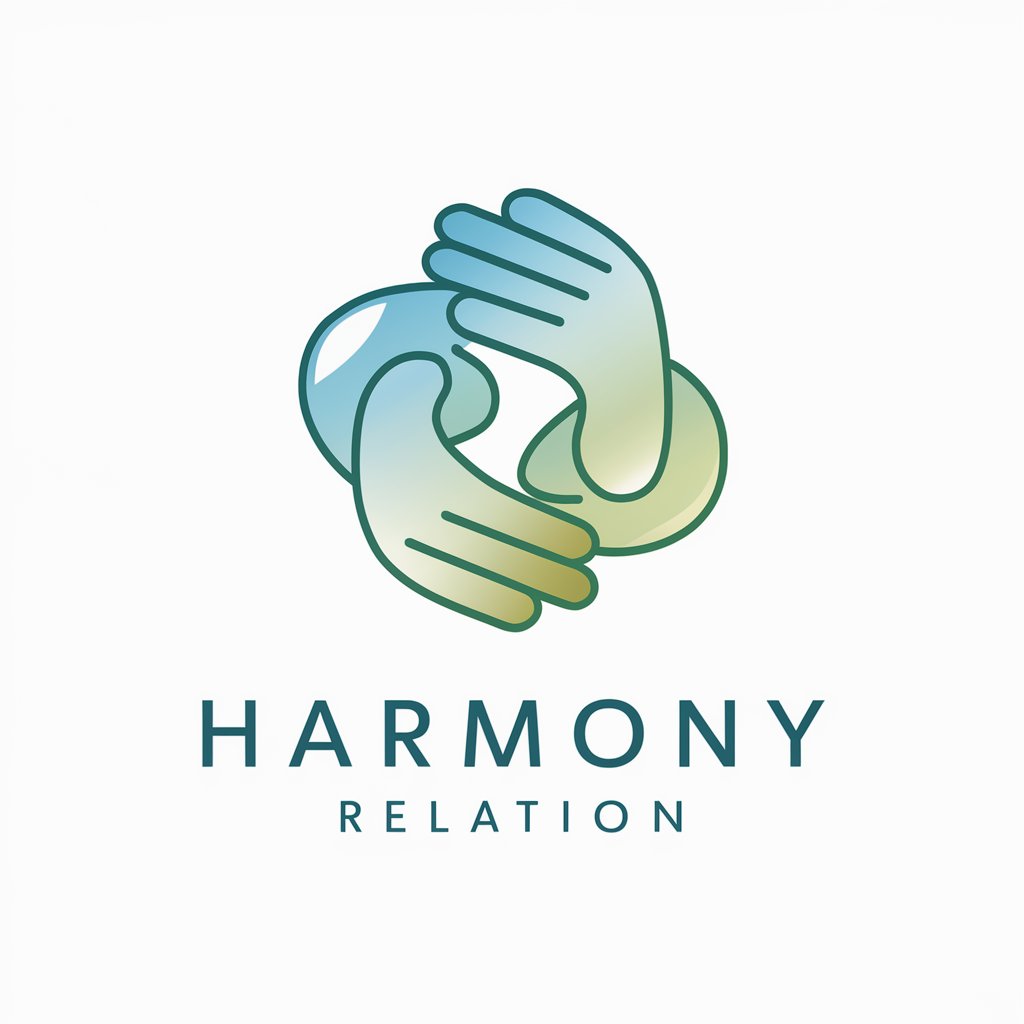
Public Relations
Empowering Effective Communication

African American Male and Female Relation. Tutor
Empowering Understanding in African American Relationships

Relation Likability Analyst
Elevate Your Relationships with AI-Powered Insights
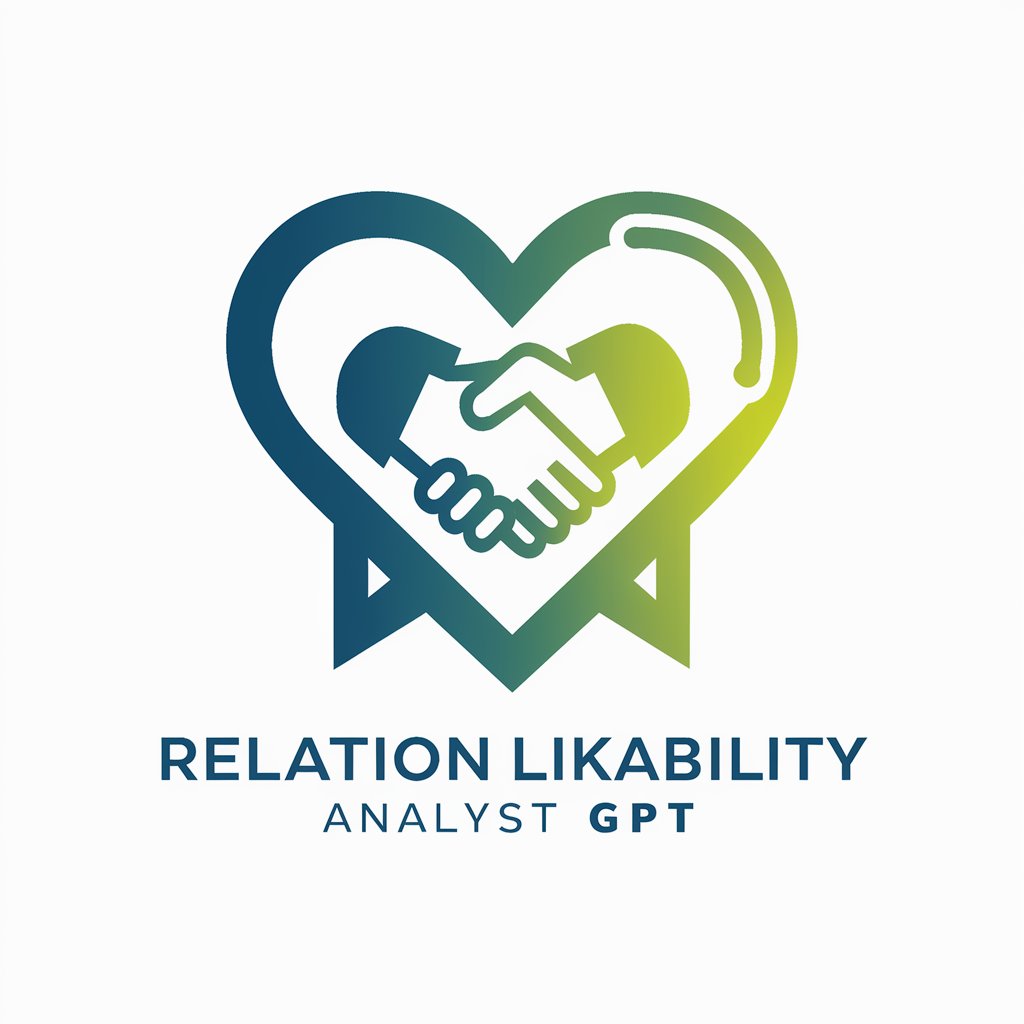
Relation Builder Pro
Building Better Relationships, Powered by AI
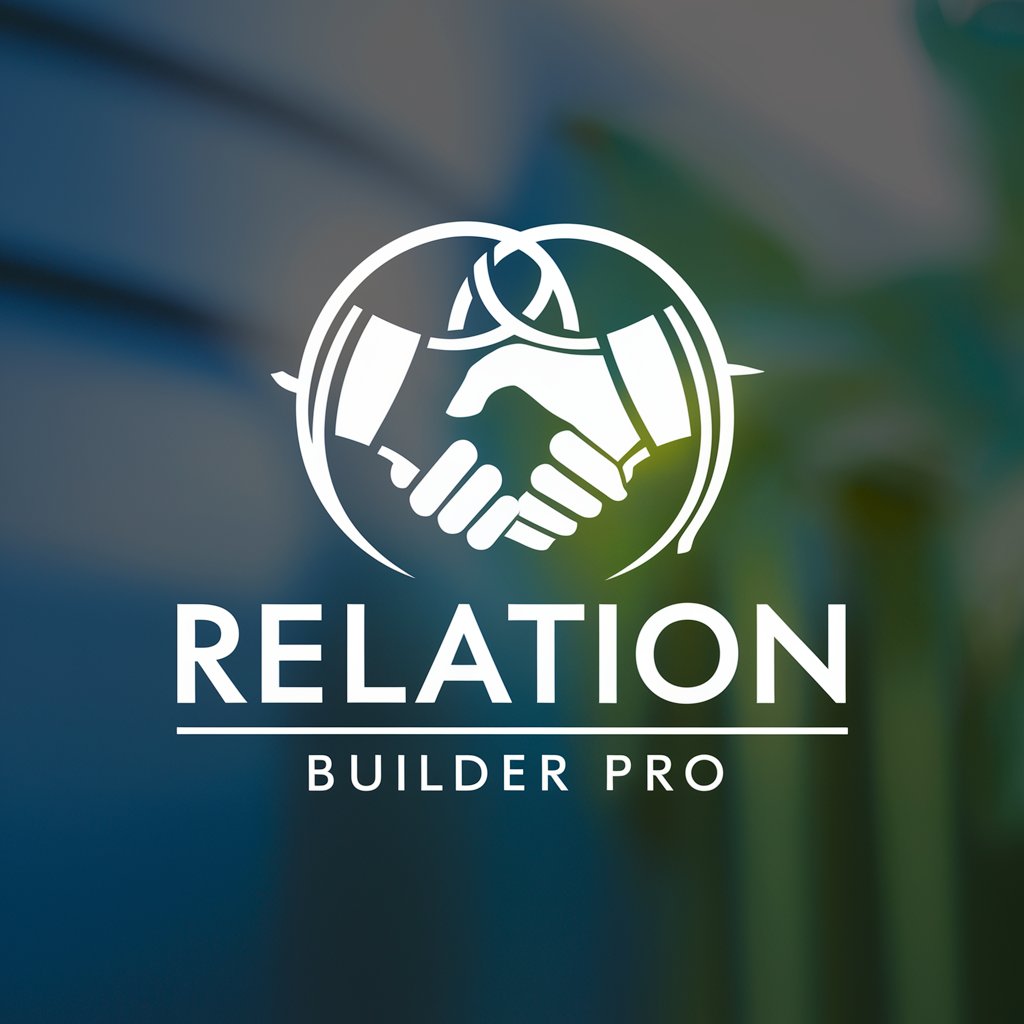
DHS ONC Final Rule
Empowering Health IT with AI-driven Interoperability

Investor Relations
Empower Your Investor Communications with AI

AI and International Relations GPT
Navigating AI's Impact on Global Politics

Vinyl Way - Relation Client
Empowering Vinyl Enthusiasts with AI

Meditation routine
Empower Your Mind, Enhance Your Life

Daily Routine Assistant
Optimize your day with AI-driven routine planning.
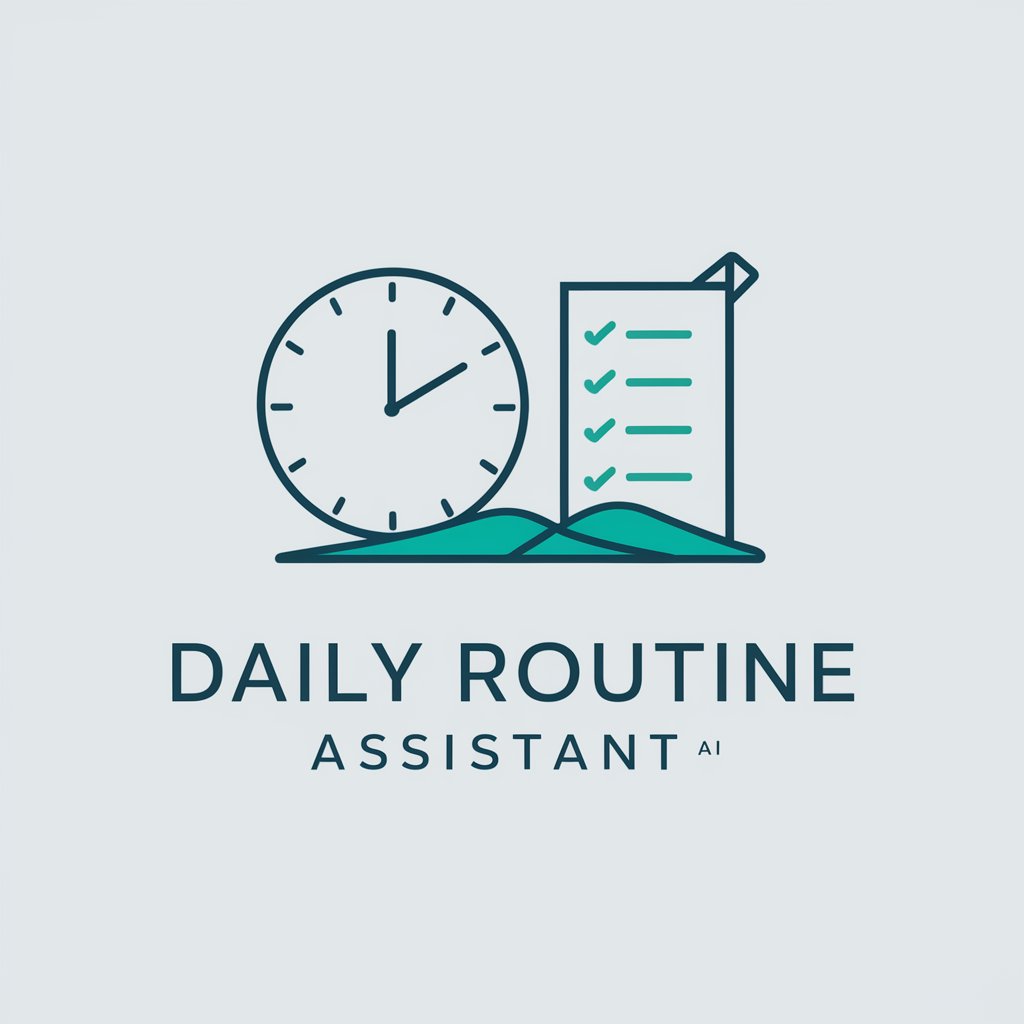
Personalized Training Routine
Enhance Your Game with AI Coaching
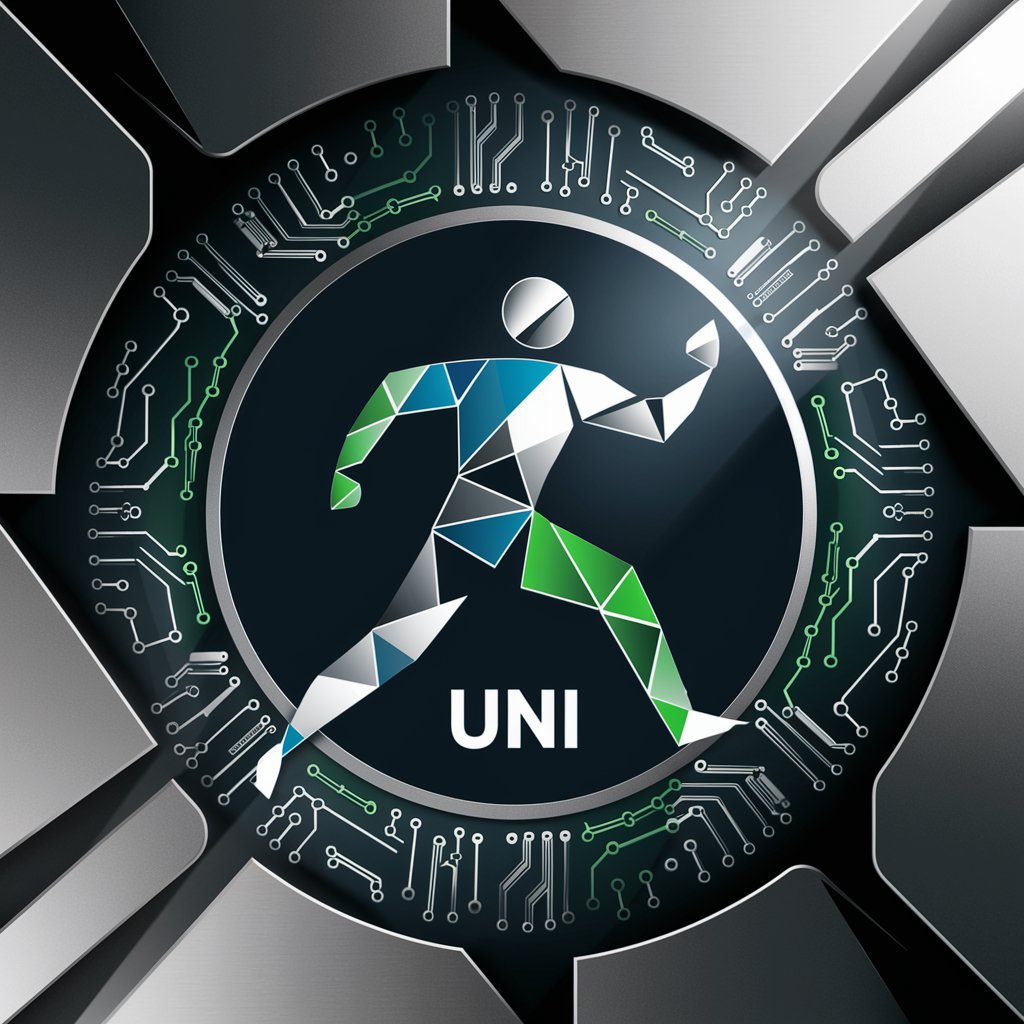
Frequently Asked Questions about Labor Relations
What can Labor Relations help me with?
Labor Relations provides expert guidance on collective bargaining, grievance procedures, workplace dispute resolution, and strategies for enhancing employer-employee relationships, all within the framework of labor legislation.
How does Labor Relations use AI to assist users?
Using AI, Labor Relations analyzes your questions to provide tailored advice, generates visual aids like flowcharts for complex processes, and synthesizes information from legal documents to make them more understandable.
Can Labor Relations help me understand my labor agreement?
Absolutely. Labor Relations can analyze the text of your labor agreement, highlight key provisions, and translate legal jargon into plain language, helping you understand your rights and obligations.
Is Labor Relations useful for both employers and employees?
Yes, it's designed to offer valuable insights and solutions to both sides of the workplace equation, promoting a balanced and fair approach to labor relations.
Can I use Labor Relations to stay updated on labor laws?
Indeed, you can use the tool's web browsing feature to access the latest updates in labor legislation, ensuring your workplace practices remain compliant and up to date.
